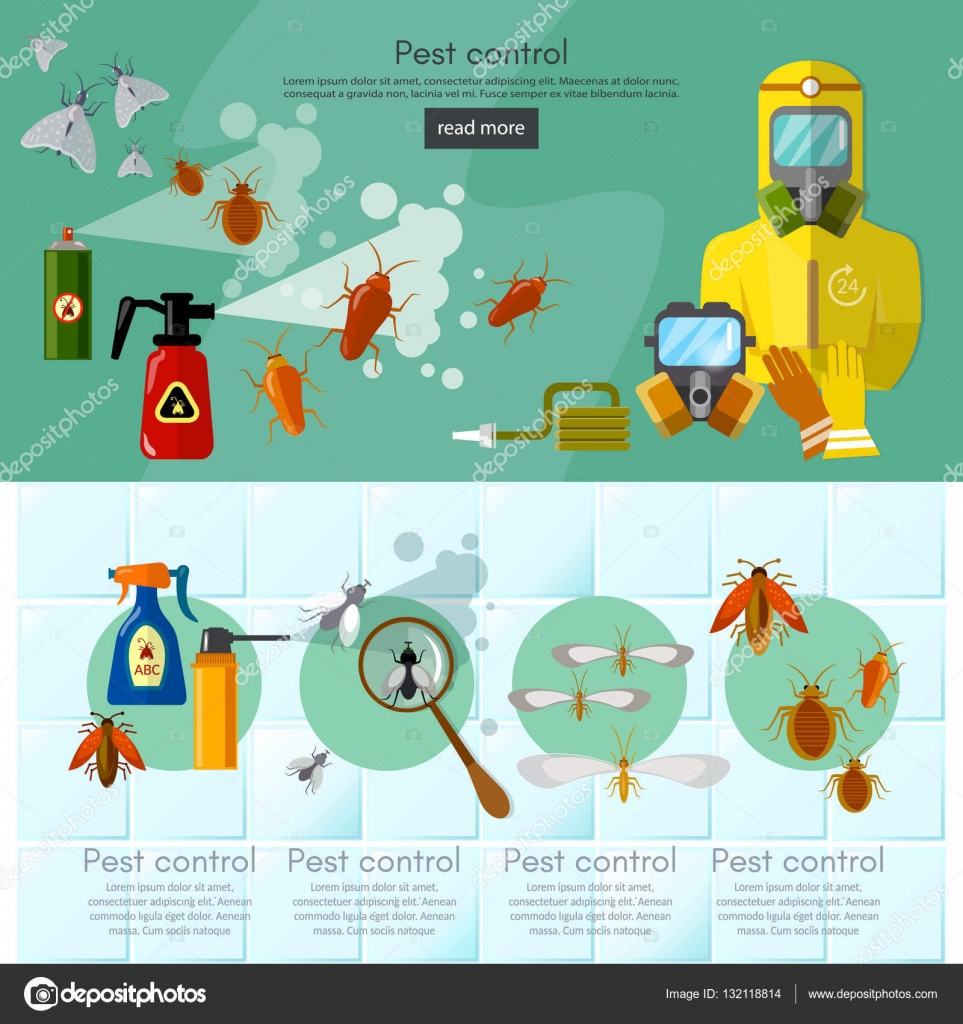Rat Control Comprehending Common Rodent Behavior
Rat Control Comprehending Common Rodent Behavior
Blog Article
Write-Up By-Cunningham Alston
When it comes to rodent control, comprehending usual rodent habits is key to effectively handling invasions. Did you recognize that rats have some remarkable nesting practices that might shock you? By exploring their elaborate actions, you can acquire important understandings into exactly how to take on rodent problems in a more strategic and efficient way. So, let's unravel the mysteries behind these creatures' activities and learn just how to outmaneuver them in your rodent control initiatives.
Rat Nesting Habits
When observing rodents in their natural habitat, you'll see that they proactively choose products to build their nests. Rats, such as mice and rats, are clever creatures that use a variety of things like branches, leaves, paper, and fabric to build their homes. They're precise in their nest-building process, often lining their nests with softer materials like fur or feathers to create a relaxing setting.
Rodents favor to construct their nests in hidden and protected places to secure themselves and their young from predators. Common nesting spots include wall surface tooth cavities, attics, cellars, and also within insulation materials. By creating their nests in these remote areas, rodents can securely increase their children away from potential risks.
It is important to recognize the nesting practices of rats when implementing control steps. By interrupting their nests or removing materials, you can prevent rats from establishing an existence in your house or residential or commercial property. Correct cleanliness and sealing access factors are additionally important action in avoiding rodent infestations.
Rodent Feeding Patterns
After observing rodents' nesting routines, it ends up being noticeable that their feeding patterns play an important duty in their lives and behaviors. Rodents, including computer mice and rats, are opportunistic feeders, suggesting they'll consume whatever food source is easily available. They're mostly nocturnal creatures, liking to forage for food during the cover of evening to prevent killers.
Rodents have a diverse diet regimen, ranging from grains, seeds, fruits, and veggies to bugs, nuts, and also little pets. This flexibility in their food options permits them to grow in different settings, including urban locations where human food resources are abundant.
Their feeding patterns aren't only driven by hunger but likewise by the requirement to accumulate food for times of deficiency. This actions is particularly noticeable to prepare for cold weather or when nesting. Rodents are known to hoard food in their nests or burrows, ensuring a consistent food supply. Understanding mouse click the following internet site feeding patterns is essential in carrying out effective rodent control measures to interrupt their food resources and stop invasions.
Rat Motion and Traveling
Rodents navigate their surroundings with dexterity and stealth, using their eager senses to relocate quickly with their settings. These animals are skilled climbers, able to range walls and upright surfaces effortlessly. They can likewise press via remarkably small openings, making it critical to seal any possible entry factors in your house.
When https://docs.google.com/spreadsheets/d/1vyaVynYiVofYShEVoaIbmKKiI0yDBLt8GblnKwGm1Wg/edit#gid=947798814 concerns taking a trip, rats have a tendency to follow acquainted courses, developing trails along wall surfaces or skirting the edges of areas. They're creatures of habit, typically adhering to these established courses as they forage for food or discover their environments.
Rodents are recognized for their nocturnal routines, so you might hear them scooting around in the evening as they look for food and water. Their motions fast and erratic, enabling them to dart in and out of sight in the blink of an eye.
Understanding just how rats move and travel can aid you determine possible invasion locations in your house and take aggressive steps to avoid these pests from getting a footing.
Verdict
As you function to regulate rats in your home, bear in mind that comprehending their behavior is vital. By acknowledging their nesting habits, feeding patterns, and movement, you can properly protect against problems.
Together, by taking aggressive actions to eliminate food resources and seal off entry factors, you can disrupt their familiar courses and compel them to look for new areas, eventually decreasing the likelihood of rodent visibility in your space.
